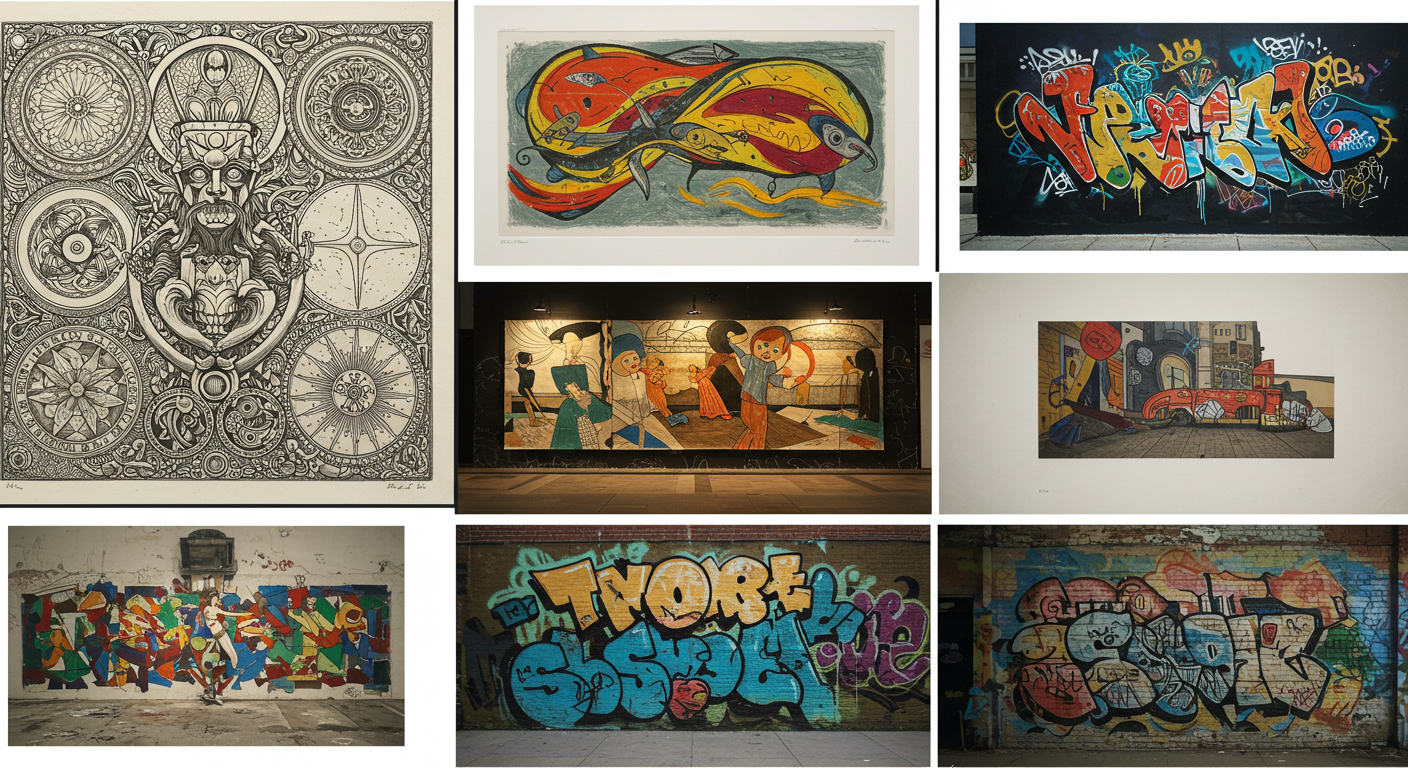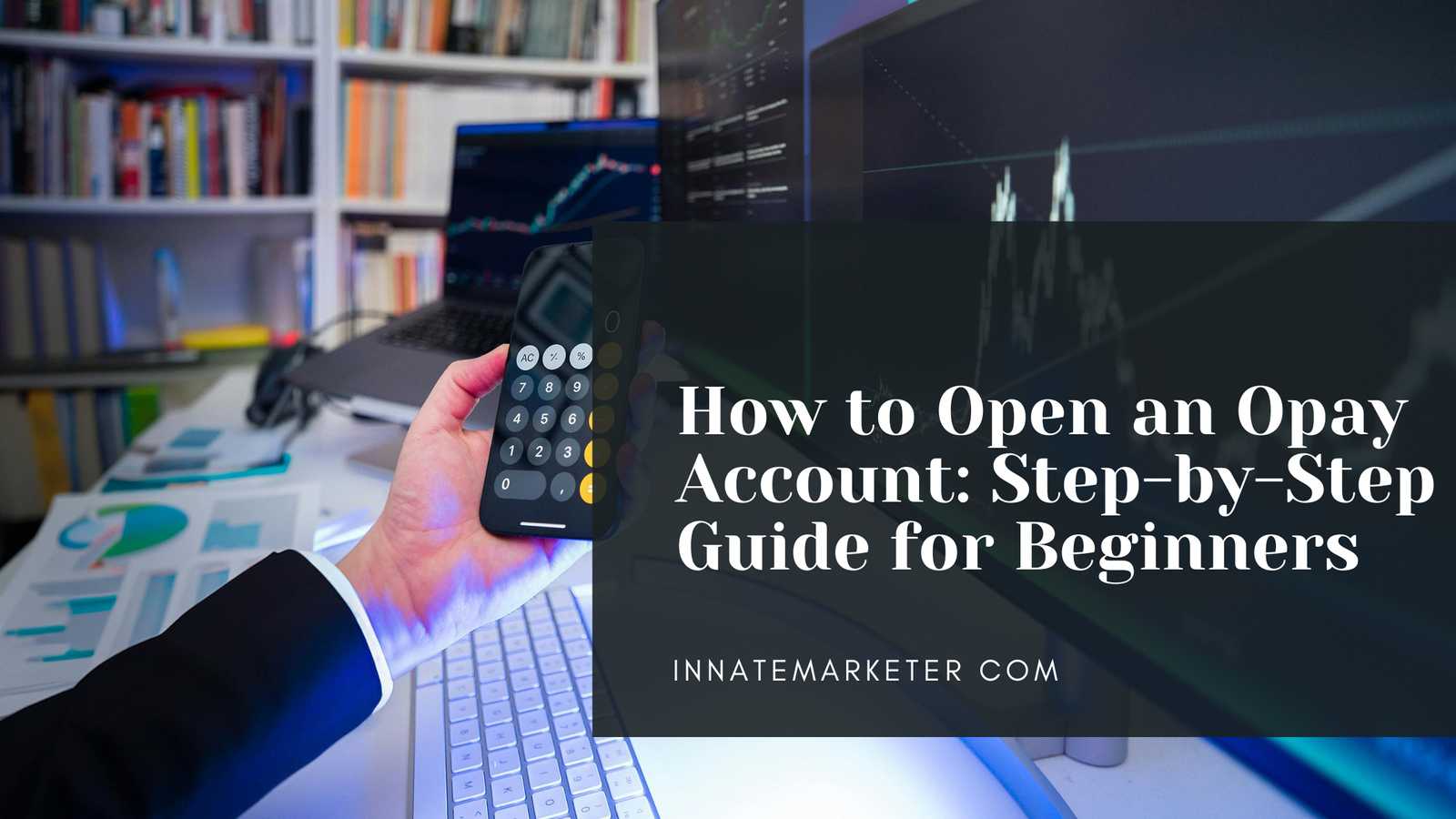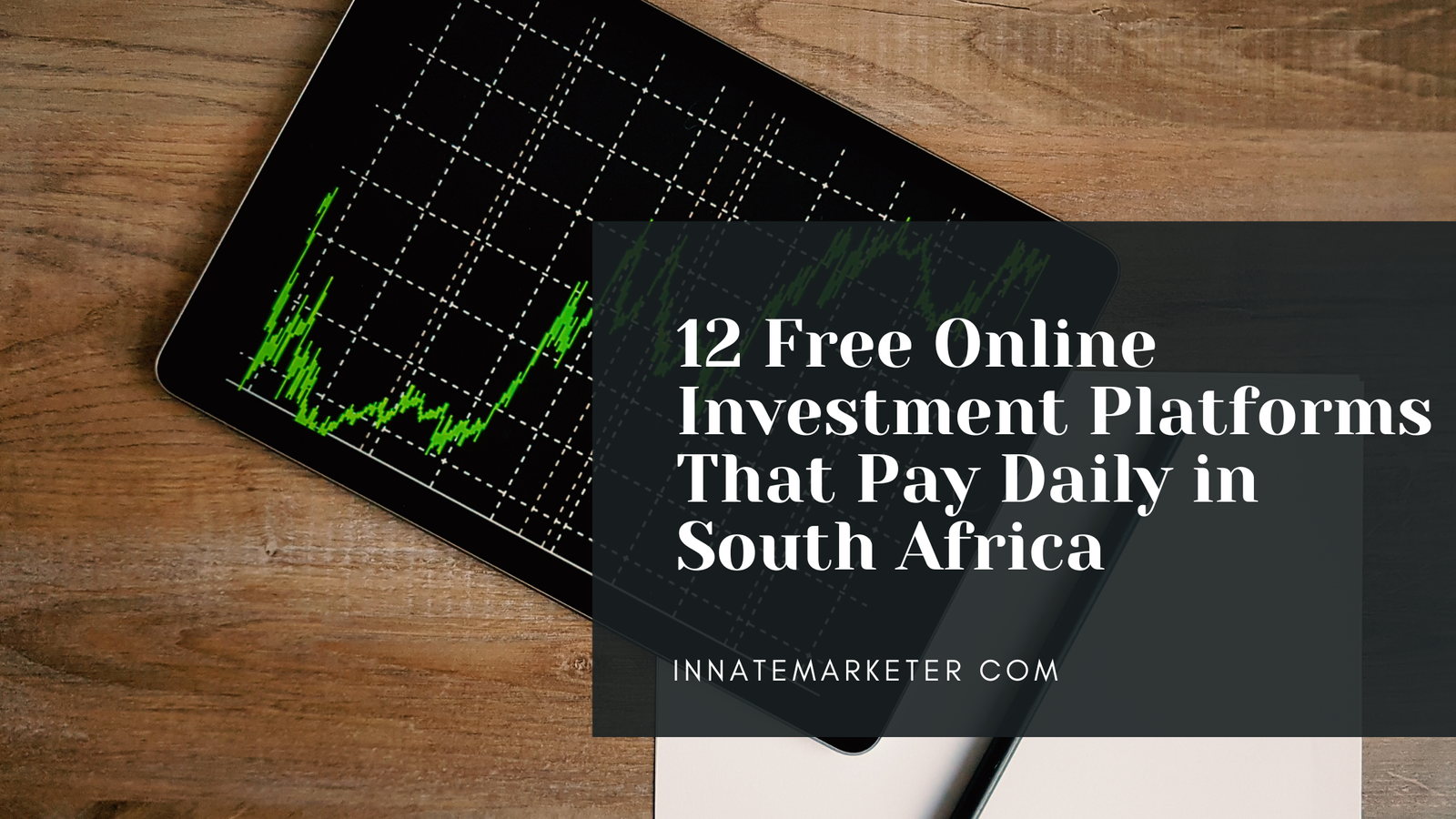In today’s digital age, selling art online has become a lucrative opportunity for artists to make money and gain exposure. Whether you’re a seasoned artist or just starting, the internet provides a variety of platforms and tools to showcase your work, reach a global audience, and generate income. In this guide, we’ll walk you through the steps on how to sell art online, the best platforms to use, and strategies to maximize your profits.
Key Takeaways:
- Global Reach: Selling art online allows you to connect with buyers worldwide, expanding your market beyond local galleries.
- Choose the Right Platforms: Use websites like Etsy, Saatchi Art, and Instagram to showcase and sell your art effectively.
- Create a Strong Online Presence: Build a professional portfolio or website and optimize it for search engines (SEO) to attract more visitors.
- Social Media is Key: Leverage platforms like Instagram, Pinterest, and Facebook to promote your art and engage with potential buyers.
- Price Strategically: Consider material costs, time, and market research when setting prices, and factor in platform fees.
- Diversify Income: Offer digital art, limited edition prints, and custom commissions to increase your revenue streams.
Why Sell Art Online?
Before diving into the specifics of how to sell art online, it’s important to understand the benefits:
- Global Reach: The internet allows you to showcase your art to a worldwide audience, expanding your market beyond local galleries and exhibitions.
- Accessibility: Selling online allows you to set your own schedule, manage your inventory, and handle sales on your own terms.
- Lower Overheads: You won’t have to pay high gallery fees, rent, or commissions when selling art online.
- Diversified Income Streams: The online art world isn’t just limited to physical artworks. You can sell digital art, prints, and even create online courses or tutorials to generate income.
How to Sell Art Online in 5 Easy Steps
Selling art online can be a straightforward process when broken down into clear steps. Here’s how to get started:
1. Identify Your Niche and Target Audience
Before you begin selling your art online, it’s important to define your niche and target audience. Understanding what makes your art unique will help you stand out in a crowded market and attract the right buyers. Ask yourself:
- What is your art style (abstract, realism, digital, photography, etc.)?
- Who is your ideal customer? Are they collectors, home decorators, or art enthusiasts?
- What price range does your art fall under?
Once you have a clear understanding of your niche, you can tailor your marketing efforts and choose the right platforms to sell your work.
2. Set Up an Online Portfolio or Website
Having an online presence is key to selling art successfully. A well-designed portfolio or website acts as your virtual gallery and will allow potential buyers to view and purchase your art directly. Here’s how you can set one up:
- Choose a Website Builder: Platforms like Wix, Squarespace, and WordPress make it easy to create a website without needing advanced technical skills. These platforms also offer customizable templates, eCommerce features, and payment integrations.
- Showcase Your Best Work: Make sure your website features high-quality images of your art. Include multiple photos of each piece from different angles, along with detailed descriptions (size, medium, inspiration, etc.). This helps potential buyers feel more confident in their purchase.
- Add an E-commerce Section: Integrating an online store into your website is essential for selling your art. You can set up a simple e-commerce platform with Shopify or use tools available within website builders (e.g., Squarespace’s eCommerce functionality). Make sure to include secure payment methods such as PayPal, Stripe, or credit card processing.
- SEO Optimization: Optimize your website for search engines (SEO) by using relevant keywords in your content, titles, and image descriptions. This will help your site rank higher in Google search results, driving organic traffic to your portfolio.
3. Use Online Marketplaces and Art Platforms
In addition to your website, online art marketplaces are an excellent way to reach a larger audience. These platforms already have built-in traffic, which can help you get discovered. Some popular options include:
- Etsy: Etsy is a well-known marketplace for handmade goods, vintage items, and art. It’s a great platform for emerging artists because it’s easy to set up and has an active community of buyers. You can list original works of art, prints, and even digital downloads.
- Saatchi Art: Saatchi Art is an online art gallery where collectors and art lovers come to buy original works of art. The platform provides artists with global exposure and offers a wide variety of artworks, from paintings to photography and sculptures. Saatchi Art handles shipping and payments, making it easier for you to focus on your art.
- Artfinder: Similar to Saatchi Art, Artfinder is a marketplace for original art, including paintings, prints, and sculpture. Artfinder emphasizes handmade, one-of-a-kind art, making it an ideal platform for artists looking to sell exclusive works.
- Redbubble and Society6: If you’re a digital artist or create designs, these platforms allow you to upload your artwork and sell it on various products like t-shirts, mugs, phone cases, and prints. These sites handle production and shipping, allowing you to earn passive income without having to manage physical inventory.
- Fine Art America: Fine Art America offers a platform for selling prints, posters, and original artworks. It also provides artists with tools to create custom products like calendars, greeting cards, and canvas prints.
4. Promote Your Art Through Social Media
Social media is one of the most powerful tools available for promoting your art and reaching potential buyers. Platforms like Instagram, Pinterest, and Facebook can help you showcase your work, tell your story, and engage with your audience. Here’s how to leverage social media for sales:
- Instagram: Instagram is a visual platform, making it ideal for artists. Share high-quality images of your art, behind-the-scenes glimpses of your creative process, and short videos to engage with your followers. Use relevant hashtags (#artforsale, #artistsoninstagram, #digitalart, etc.) to make your posts discoverable.
- Pinterest: Pinterest is a search engine for inspiration, and many buyers use it to discover art. Create visually appealing pins that link directly to your online store or portfolio. Organize your pins into boards that showcase your art style and products, making it easy for potential customers to find and purchase your work.
- Facebook: Facebook groups dedicated to buying and selling art can help you tap into a community of potential buyers. Join art-related groups, share your work, and participate in discussions. You can also create a Facebook page dedicated to your art and promote your sales through Facebook Ads.
- TikTok: TikTok is an up-and-coming platform for artists. Post short, engaging videos showing your art in progress, sharing tips, or revealing the story behind your pieces. TikTok’s algorithm allows even new accounts to go viral, potentially exposing your art to thousands of viewers.
5. Price Your Art Strategically
Pricing your art correctly is crucial for making sales while ensuring your work reflects its value. Consider these factors when determining how to price your art:
- Material Costs: Calculate the cost of materials used in creating your artwork (canvas, paints, frames, etc.). This will help you set a baseline price.
- Time and Effort: Consider the time and skill involved in creating your art. A piece that took you days or weeks to complete should reflect that in the price.
- Market Research: Look at the prices of similar art by other artists in your niche. This will give you an idea of what buyers are willing to pay.
- Platform Fees: Some platforms, like Etsy and Saatchi Art, charge fees or take commissions from each sale. Make sure to account for these when setting your prices.
- Offer Discounts and Limited Editions: Offering limited edition prints or occasional discounts can incentivize buyers to make a purchase. However, avoid discounting too often, as it can devalue your work.
Tips for Maximizing Your Earnings
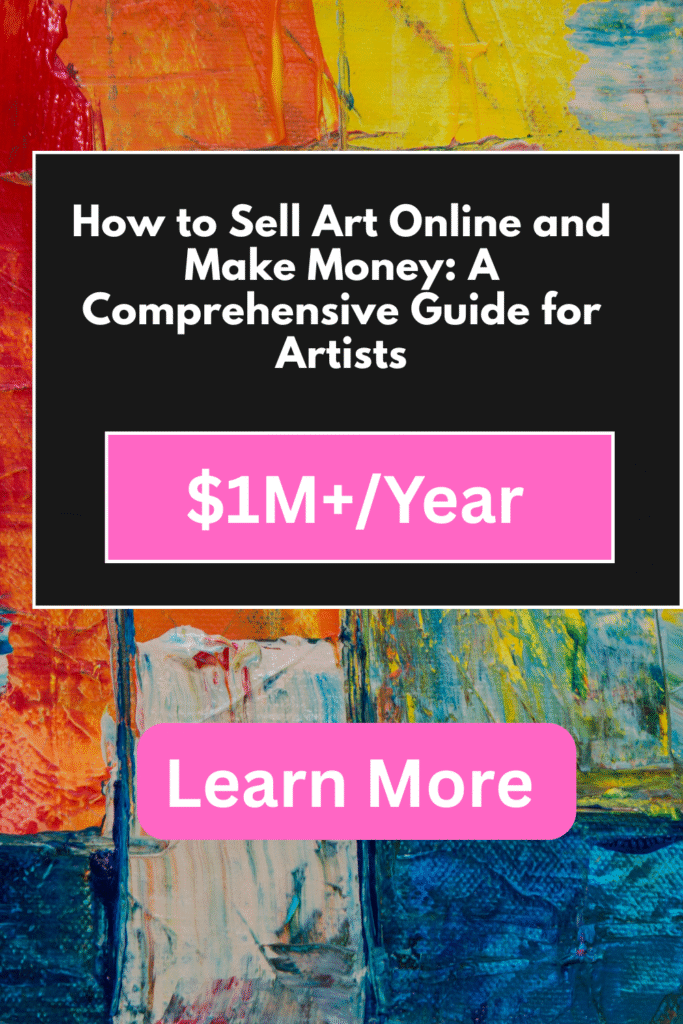
- Offer Limited Edition Prints: Limited edition prints give your artwork an exclusive feel, which can make it more desirable. Consider offering a small batch of prints that are numbered and signed.
- Create Passive Income Streams: Sell digital downloads, such as printable art, or license your artwork for use on merchandise. This allows you to earn money without having to manage physical inventory.
- Offer Custom Commissions: Many buyers love the idea of having a custom piece of art made just for them. Offering commissioned work can be a great way to earn higher prices for your art.
- Use Affiliate Marketing: If you have a blog or website, you can generate passive income by promoting art supplies or other art-related products as an affiliate. Include affiliate links in your content and earn a commission on any sales.
- Collaborate with Influencers: Partner with influencers or bloggers who have an audience that aligns with your art. Influencer marketing can help you gain exposure and increase sales.
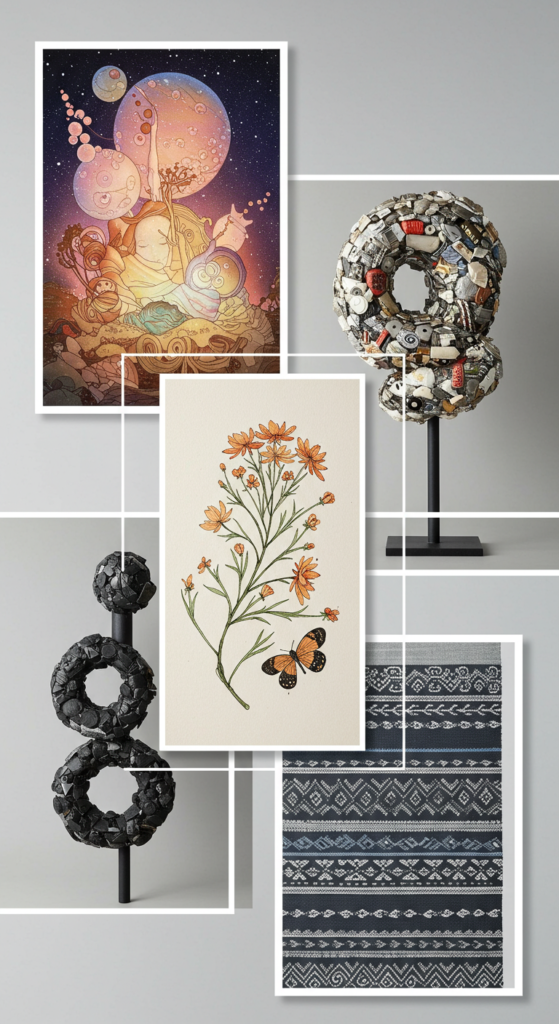
Conclusion
Selling art online can be a highly rewarding and profitable endeavor for artists who are ready to put in the effort. By setting up an online portfolio, choosing the right platforms, utilizing social media, and pricing your art strategically, you can turn your passion into a full-time income. Remember, success doesn’t happen overnight, so be patient, consistent, and always keep improving your craft.
With the right approach, you can reach global buyers, earn money, and build a thriving online art business. Start today, and let your art journey begin!
